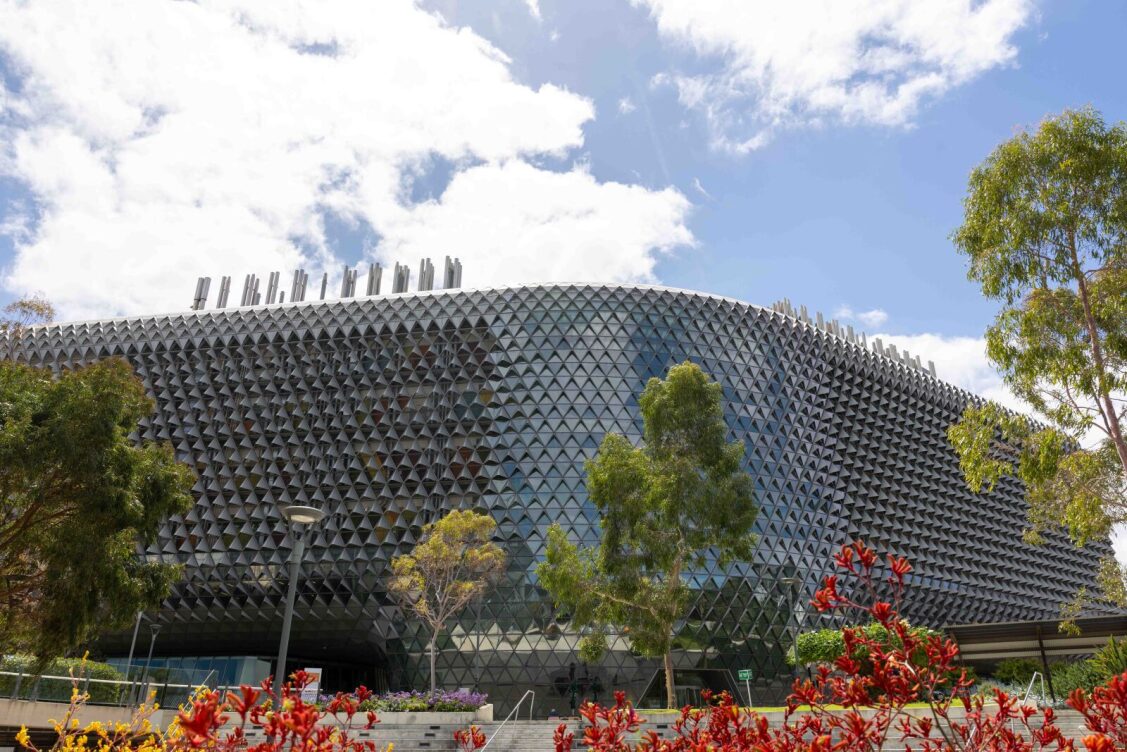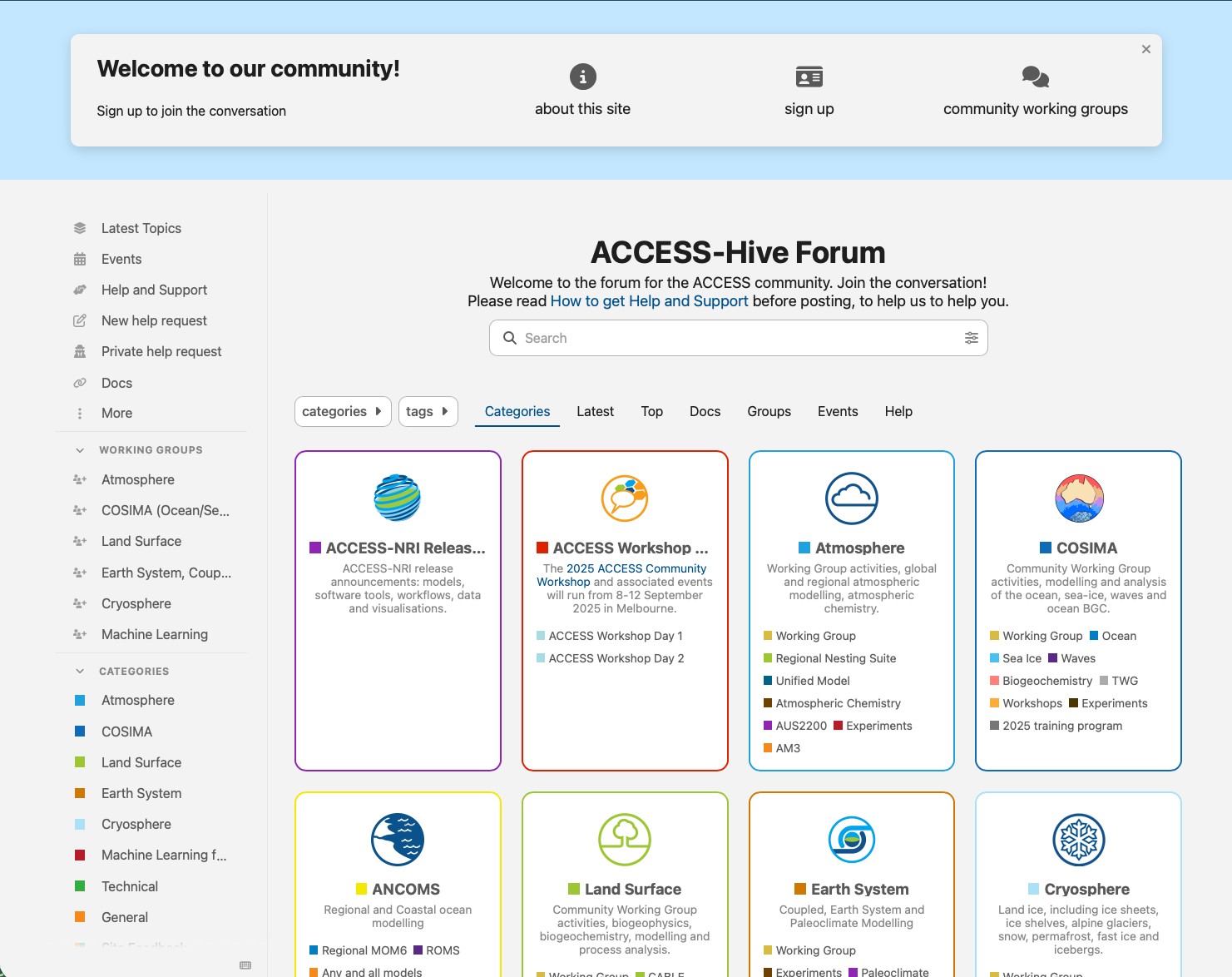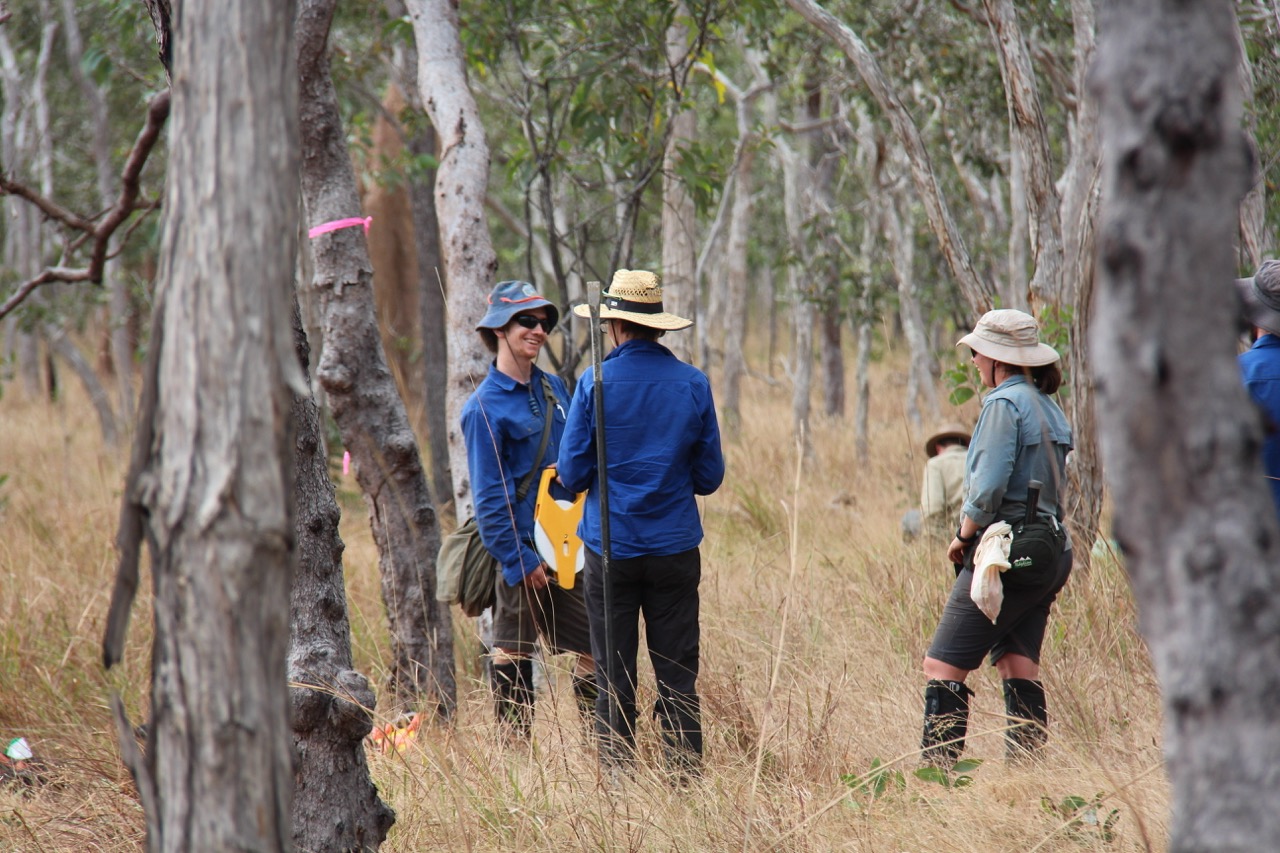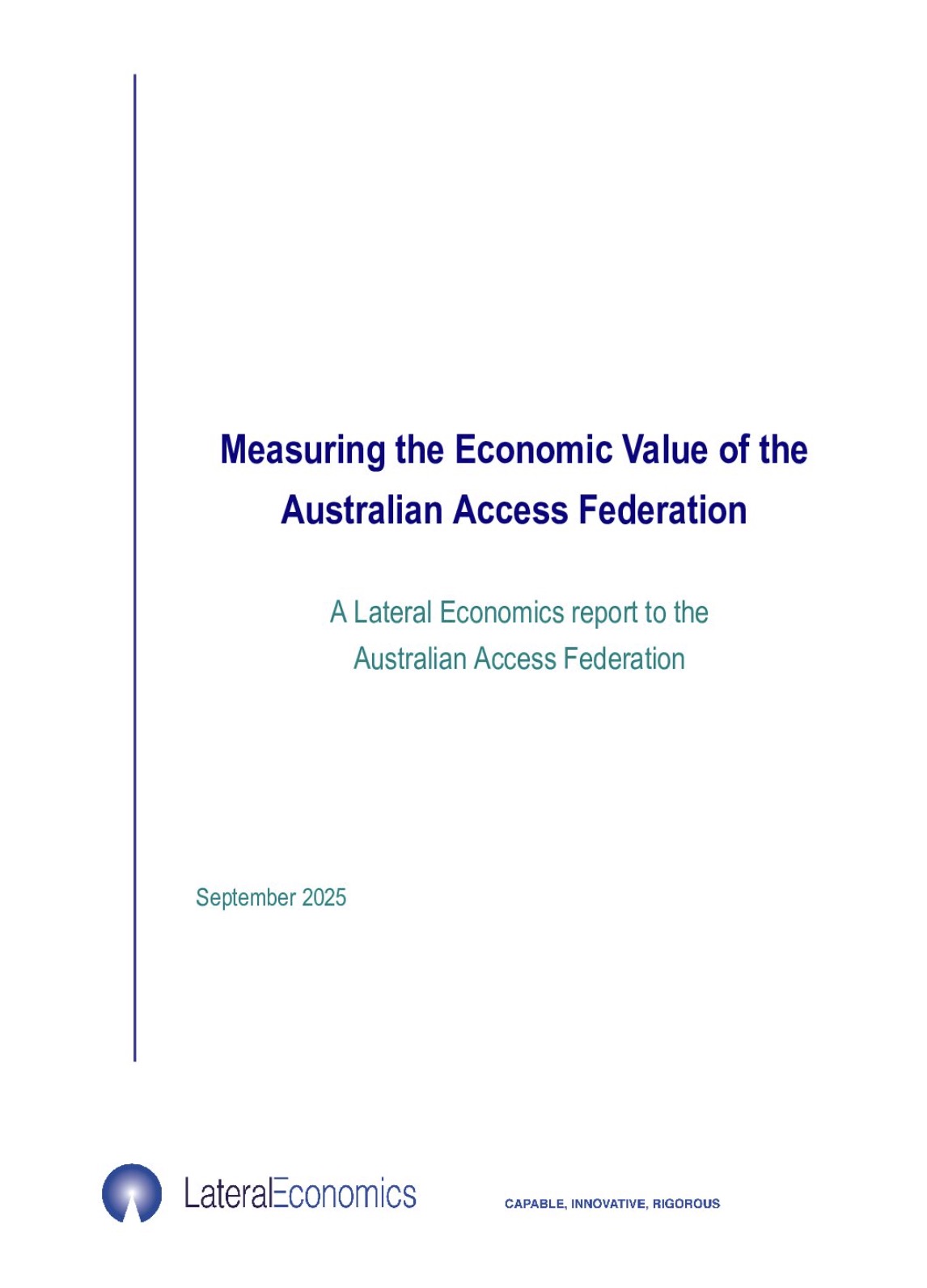29 October 2025
Adelaide, SA — In a major step forward for South Australian research infrastructure, the Australian Access Federation (AAF) and the South Australian Health and Medical Research Institute (SAHMRI) have deepened their collaboration, now supporting more than 700 researchers annually. The partnership is being hailed as a model for how secure digital access can drive innovation and equity in healthcare.
The AAF, Australia’s national identity and access management service for the research and higher education sector, provides a secure, federated login system that allows users to access digital resources across universities, research institutes, and service providers, both locally and globally.
Among its key capabilities:
- Federated identity management for seamless cross-institutional access
- Persistent identifiers via the Australian ORCID Consortium
- Integration with global research infrastructures to enhance collaboration and data sharing
SAHMRI, South Australia’s leading independent medical research institute, is at the forefront of health innovation. Its research spans Indigenous health, chronic disease prevention, precision medicine, and child development. The institute works closely with universities, hospitals, and international partners to tackle major health challenges including cancer and chronic diseases.
The connection between SAHMRI and the AAF’s federation enables researchers to securely access shared datasets, clinical trial platforms, and analytical tools. With 64,000 authentications annually, the infrastructure supports a robust and growing ecosystem of research and education. The 700 unique users represent a highly engaged and specialised community of researchers, clinicians, and data scientists.
The benefits of this collaboration are clear:
- Streamlined and secure access to digital resources
- Enhanced collaboration across institutional and national borders
- Greater visibility of Australian research on the global stage
Nathan Munro, Lead Research Systems Developer at SAHMRI says the institute’s relationship with AAF is pivotal for efficiency.
“Using AAF with REDCap at SAHMRI makes it quicker and easier for researchers to bring in collaborators from other institutions within the federation,” Mr Munro said.
“Reducing the need to request account creation and the associated wait times reduces the administrative burden of user management.”
As both organisations continue to expand their capabilities, the focus remains on building a trusted, scalable, and inclusive digital research environment. The AAF-SAHMRI partnership is proving that infrastructure and innovation, when aligned, can accelerate discovery and improve lives – especially in the pursuit of more equitable healthcare outcomes.







